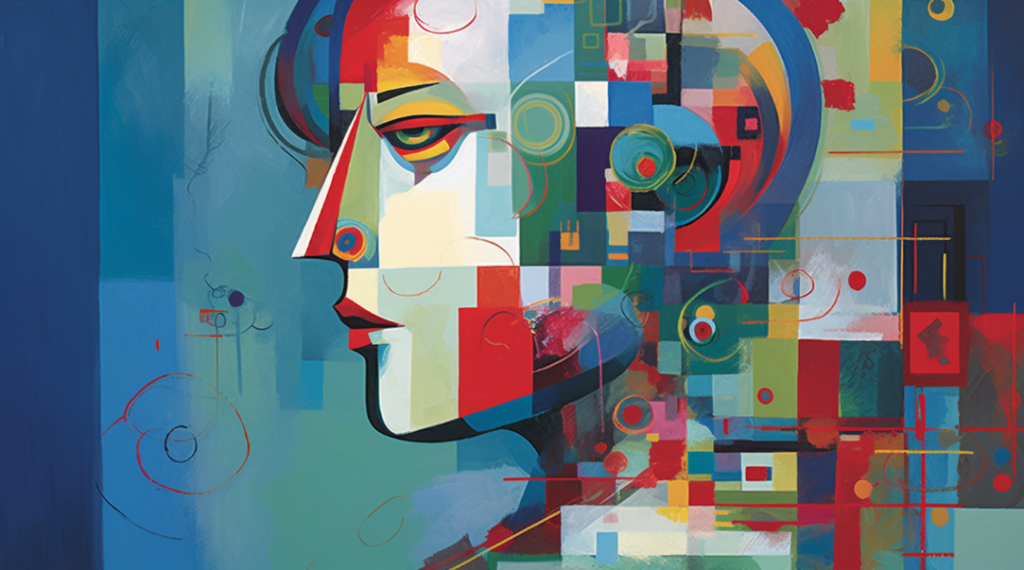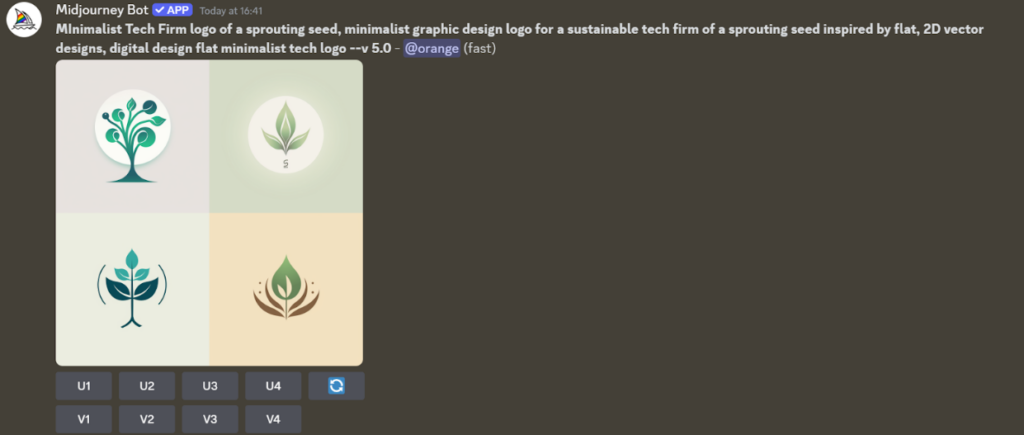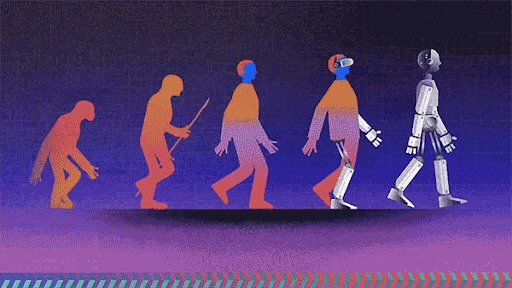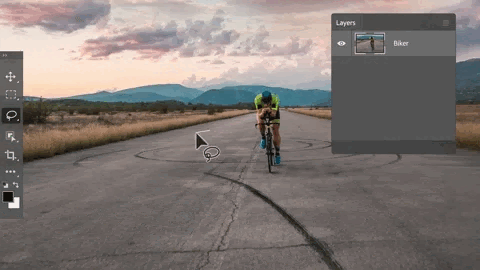In part two of our Digital Design in the AI Era series, we explore the practical ways AI is transforming digital design. From automating tedious tasks to boosting efficiency and enhancing creativity, AI has become invaluable, with designers using specific techniques and tools to streamline workflows and push creative boundaries, making what once seemed impossible a reality.
Freeing designers from tedious processes
When it comes to AI in digital design, one of its greatest strengths is freeing designers from the repetitive, time-consuming tasks that slow down creativity. Mundane tasks like filling out endless product descriptions or inserting placeholder text into website mockups can be handled by AI, and in a fraction of the time. This automation doesn’t just save time; it also improves efficiency by reducing human error and freeing up mental bandwidth for more impactful creative work.
Instead of manually processing hundreds or thousands of low-impact, text-heavy elements, AI tools can fill in those blanks with ease. Whether it’s generating placeholder content or automating document outlines, AI handles the grunt work so that designers can spend more time imagining, experimenting, and refining their artistic vision.
Boosting Efficiency and Creativity with AI
Well-honed AI systems can provide impressively accurate results, and even if these iterations need to be double-checked for quality assurance, there are often massive savings of up to 80-90% of labour hours. Imagine reclaiming that much time—time that can now be devoted to higher-level conceptual thinking, experimenting with new ideas, and refining creative processes. Not only does this shift make a business more efficient, but it also offers a more fulfilling experience for designers, allowing them to focus on the exciting, imaginative aspects of their work.
AI language models such as Claude, ChatGPT and Gemini are proving to be competent programming assistants. While these models aren’t perfect, struggling at times with complex programming puzzles, they excel at drafting HTML, CSS, and JavaScript, which saves significant time for designers.
Whether it’s debugging code or offering suggestions for improvement, AI tools can act as useful troubleshooting resources, helping open up new pathways and possibilities that designers might not have considered before.
It’s important to remember that we’re still in the early stages of AI development. While today’s tools are already impressive, the potential for future advancements is limitless. Who knows what revolutionary innovations await us in the near future?
Efficiency: supercharging creativity with AI
It’s no secret that AI boosts the speed of editing and performance, but its impact goes far beyond just cutting down tedious tasks. AI tools have become invaluable for visual exploration and brainstorming. Generative AI platforms like Midjourney or DALL·E enables designers to rapidly draft ideas and concepts in ways that were unimaginable before this technology.
What once took hours or even days to create can now be produced in mere seconds, offering high-quality visual content at lightning speed. This allows designers to iterate quickly, explore a wider range of creative possibilities, and push the boundaries of their imagination like never before.

A simple Midjourney prompt can render incredible results in seconds… but what are the implications for human artists?
AI as a tool for idea generation
AI can be used as a highly effective means for the top-level generation of ideas and thematic structures. A “broad brushstrokes” approach that can help to quickly flesh out conceptual ‘shots’ before zeroing in on a focused direction.
The existence of generative AI does not remove the need for specific, targeted illustrative work from professionals (although it might certainly impact workflows). Anyone who has dabbled in generative AI such as Midjourney will attest to the unpredictable, chaotic nature of the process, which can often make it difficult to attain highly specific, targeted results.
While generative AI is fantastic for brainstorming and initial idea generation, certain areas of design, such as logo creation, demand human expertise. This is because specific industry standards, like proper file formatting and best practices for use across different media, are critical for success.
These skills, honed through experience, ensure that designs not only meet professional standards but also maintain brand integrity. AI, as advanced as it is, still requires significant human input to meet these detailed requirements, particularly in projects where precision and branding are key.

The iterative nature of generative AI is incredibly useful, but takes skill to navigate
AI can easily generate supporting visuals, textures, backgrounds and embellishments that can be readily applied. An experienced eye can arrange such forms into compelling visual tapestries. With sophisticated prompting, this can sometimes extend to stock photography and video.
AI-powered upscaling technologies and raster-to-vector converters open up a world of possibilities where there might have previously been dead ends.

Skill Augmentation: Elevating Design Capabilities with AI
AI isn’t just about boosting efficiency though, it’s also about enhancing our abilities as designers. Take Adobe, for instance, which has launched numerous AI features across their Cloud services, such as Generative Fill and more. Figma is also bringing a host of AI-powered features.
New tools allow for enhanced processing and fresh creative pathways. They foster innovative thinking, where designers can revolutionise previous processes and tread beyond unexplored thresholds. For instance, generative AI can now organise and process data or code at speeds that were once unimaginable, giving designers and developers the ability to brainstorm and bring ideas to life that would have been out of reach due to time constraints or tight deadlines.
At Orange Line, we integrate AI into our processes where it counts, but bolster them with human expertise at all stages of the funnel.

Edits that once took hours can now be done in seconds
Just as importantly, there is a potential to bridge the gap between lower and higher-skilled designers. This is not a devaluing of designers – it is an augmentation of their capabilities. Given that design is a complex and extremely diverse field, unlocking technological skill sets that were previously out of range can be a defining boon, allowing humans to access skills that previously had a prohibitive entry barrier.
For example, designers with no training in illustration are now able to quickly create artworks or flesh out storyboards with high-level concept art, whereas doing so before might have taken years of training in fine arts.
This is not to say that illustrators will become obsolete – there is still plenty of work that requires highly specific outputs that at this point only trained humans are able to replicate consistently.
It’s still early days for AI in design, and while it opens up exciting new possibilities, there are many tasks that require the precise, consistent craftsmanship that only skilled humans can provide.

